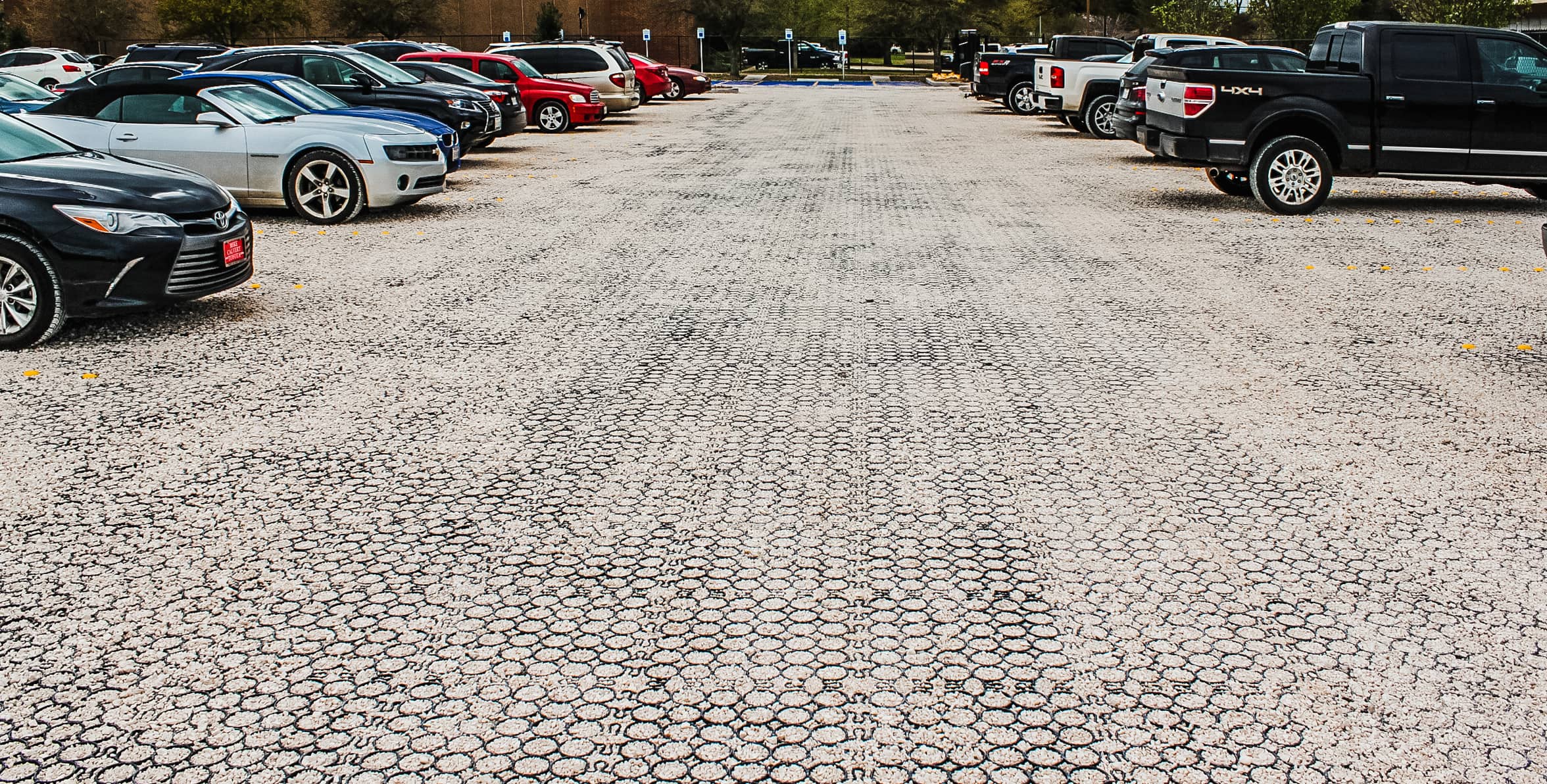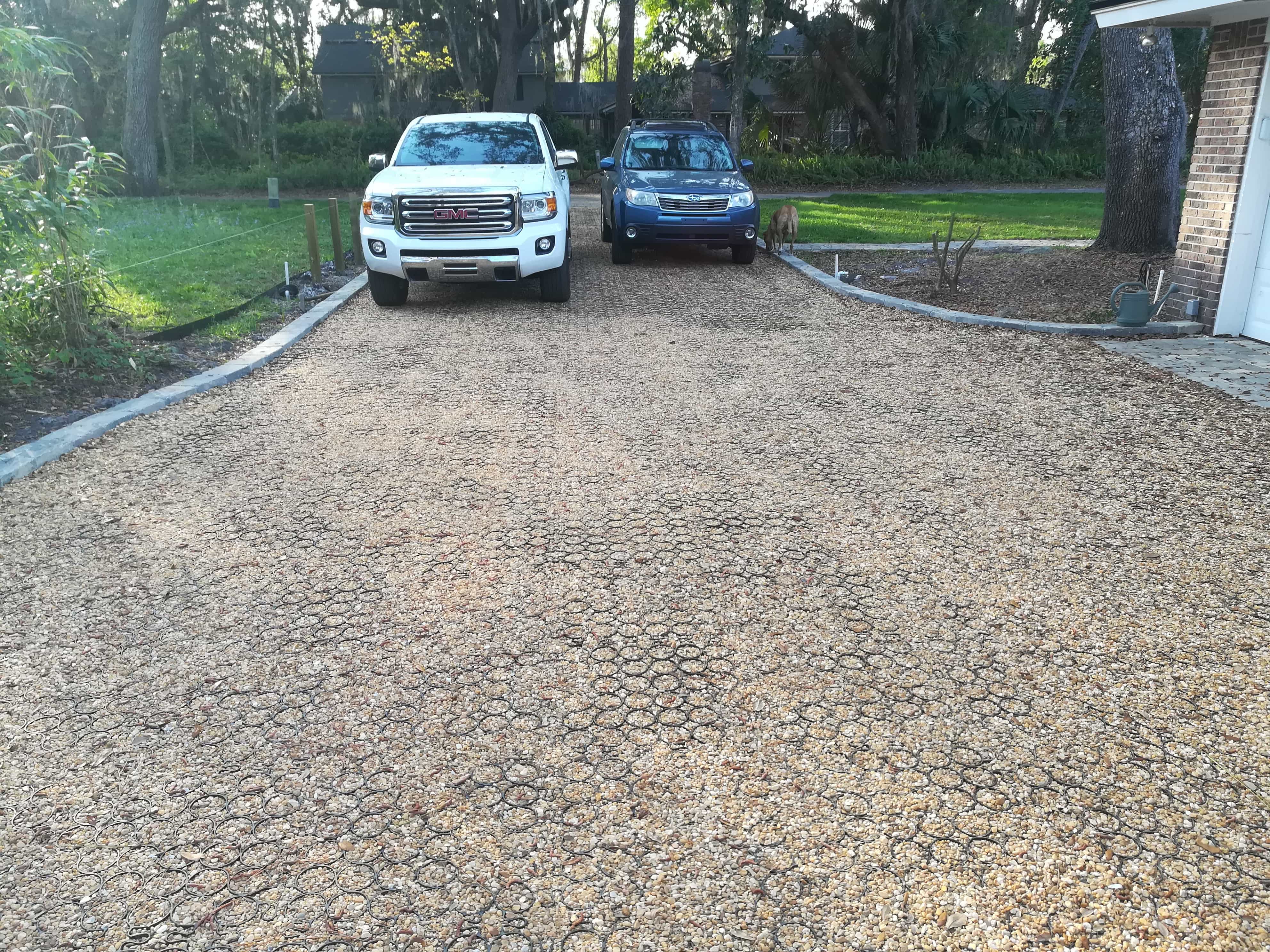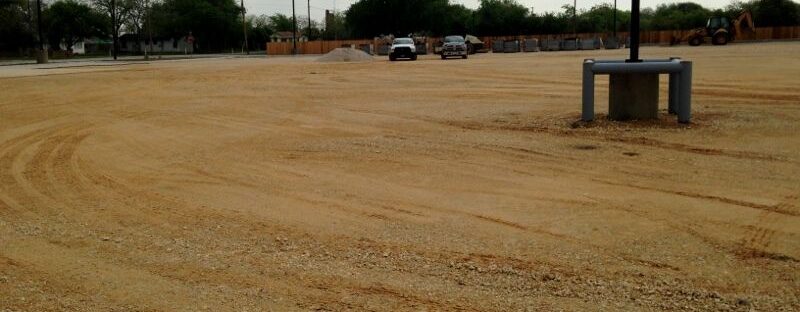
Installing a functional, long-lasting outdoor surface doesn’t require heavy equipment or professional crews. With the right groundwork and planning, homeowners can build their own diy permeable pavers that manage water efficiently, stay structurally sound, and reduce runoff. These systems are gaining popularity in residential projects because they’re durable, drain quickly, and easy to install without special tools.
Why Homeowners Choose DIY Permeable Pavers
DIY permeable pavers are modular systems designed to stabilize gravel while allowing water to drain directly through the surface. They’re commonly used in driveways, patios, garden paths, and side yards where runoff, erosion, or uneven surfaces are a concern. Instead of trapping water like concrete or asphalt, the paver grid distributes weight while letting rain pass through to a gravel base below.
This approach offers practical advantages for homeowners. It helps reduce standing water, complies with many local stormwater codes, and lowers long-term maintenance needs. Because the systems are modular and don’t require pouring or curing, they’re especially well-suited for weekend projects using only basic tools.
Site Prep and Drainage Planning
Before construction begins, it’s essential to assess the site and define key prep steps that will support system performance over time.
Confirming Slope and Soil Conditions
Consider your existing soil conditions. Most soil types will not require additional drainage with a permeable grid paver system. For poor draining soils, you may want to consider additional piping in the base or sub-base to daylight an exit and not to have water pool at one end.
Measuring Footprint and Base Depth
After evaluating slope, map out the area’s footprint. Whether you’re planning a narrow footpath or a double driveway, accurate measurements help estimate excavation depth, gravel volume, and grid panel count. Measuring ahead ensures you’ll have enough base material on hand and reduces project delays. Most walkway applications require about two to four inches of crushed stone. For residential driveways, plan for a six or more inches of compacted aggregate. Subgrade preparation, gravel layering, and interlocking panel layout define the typical installation process for residential walkway systems.
Excavation and Base Construction

This stage includes digging the project area and building a stable, compacted foundation that supports long-term surface performance. A solid base is critical for the strength and longevity of diy permeable pavers, especially in high-traffic zones like driveways.
Installing Geotextile and Crushed Stone
Use a shovel or spade to dig down to the target depth including the base layer and the pavers’ height. This fabric lines the base and the side walls to prevent soil from mixing with the gravel layers. It also improves load distribution and extends system life by keeping the aggregate clean. Extend the fabric slightly above the top edge of the excavation so it can be trimmed after installation.
Next, install the base layer using angular, chipped stone. This type of gravel locks together when compacted, creating a strong foundation that won’t shift under pressure. Place the stone in three-inch lifts and compact between each layer. A hand tamper may work for small areas, but for patios or driveways, a plate compactor is more effective. Each layer should be tightly packed and even.
Grid Assembly and Gravel Fill
Once the base is set, it’s time to place and secure the grid system and top layer material.
Cutting, Connecting, and Securing Panels
The panels snap together securely. They resist sagging under foot traffic and won’t separate under vehicle loads. Connect using the built in tab and receivers. If adjustments are needed near edges or obstacles, the panels can be trimmed using a sawzall, chop saw, or circular saw.
Choosing and Compacting Gravel
Fill the grid cells with angular gravel that matches the grid size. Gravel should be leveled flush with the grid, compaction is optional. . This visible top layer also allows water to pass through to the sub-layers. Avoid rounded stones – especially in driveways – don’t stay in place as well. When installed correctly, DIY permeable pavers deliver a compact, stabilized surface that resists shifting and requires little maintenance.
Maintenance, Durability, and Environmental Gains

A well-installed permeable system offers long-term performance with minimal upkeep, structural stability, and environmental value.
Routine Maintenance and Surface Care
Permeable paver systems require minimal seasonal upkeep. Homeowners may need to rake displaced gravel back into place or top off low spots once or twice a year. The open-cell structure naturally limits weed growth, but any intrusions can be removed manually or treated with eco-safe solutions. Because the surface remains permeable, there’s no need for sealing or polymeric joint sand.
Long-Term Strength and Material Stability
A well-compacted base combined with angular fill gravel keeps the surface firm under load. These systems resist rutting, shifting, and surface cracks—even under daily foot traffic or vehicle use. Unlike poured concrete or loose-fill driveways, the grid locks gravel in place, reducing displacement over time. That structural stability makes them ideal for variable soils and weather cycles.
Product-Specific Advantages of TRUEGRID
TRUEGRID pavers are made from 100% post-consumer recycled plastic and designed to handle both residential and light commercial loads. The grids interlock without adhesives and sit directly over a gravel base, creating a permeable surface that performs under real-world pressure. Installation requires only hand tools and compacted sublayers—no contractors or specialty equipment.
TRUEGRID systems are available in multiple formats, each matched to different performance needs. Options include lighter-duty configurations for garden paths and patios, and specialty pavers for driveways or parking surfaces situated on lawns. All versions support modular expansion, edge anchoring, and easy maintenance access. These product options help homeowners tailor diy permeable pavers to their specific project goals and traffic loads.
Project Goals and Environmental Payoff
These systems solve multiple problems at once. They manage runoff, reduce erosion, and meet local code requirements for permeable surface ratios. Their recycled content contributes to LEED points and avoids heat gain associated with asphalt or concrete. For homeowners balancing drainage, durability, and sustainability, diy permeable pavers deliver measurable returns with low input.
Install TRUEGRID Permeable Pavers for Long-Lasting Drainage Control
TRUEGRID paver systems are built to handle load-bearing pressure while maintaining a level, compact surface across all weather conditions—making them a reliable choice for residential hardscape projects. Their design reduces runoff, stabilizes gravel, and delivers lasting durability with minimal maintenance. Contact us today for more information.



